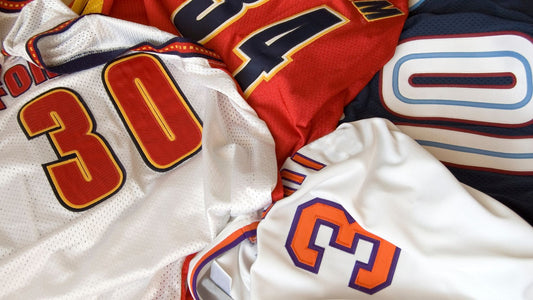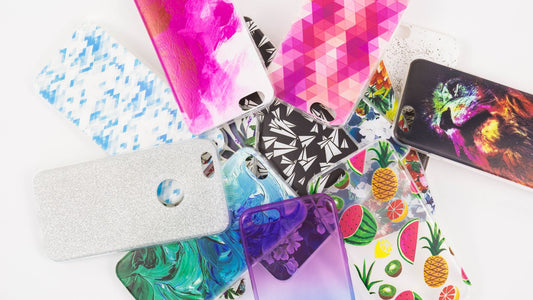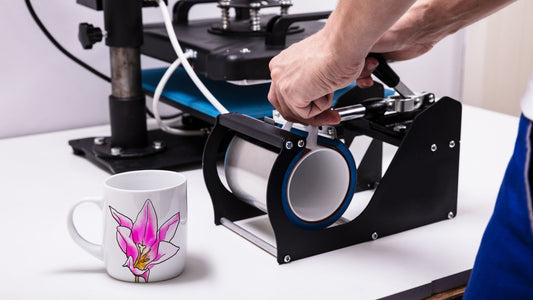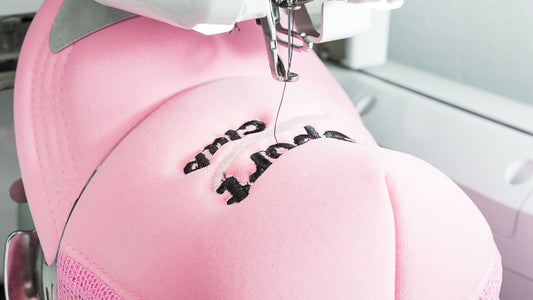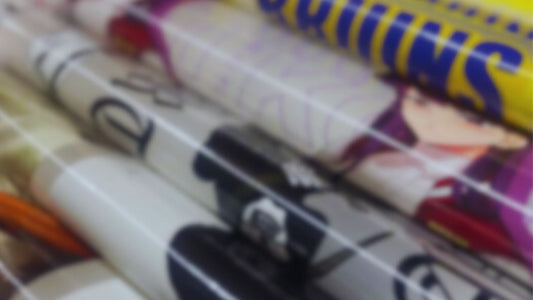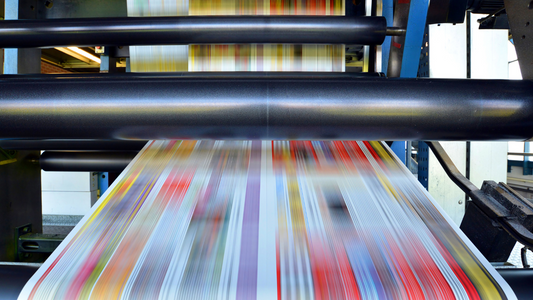
Screen Printing vs. Digital Printing - Which one is better for you?
Custom printing on apparel has become a trendy way to create unique, personalized clothing that satisfy customers’ desires to stand out and make a statement, while capturing their identity. Technology has come a long way over the years, changing the way businesses operate around the world, and the clothing and printing industry is no different. With various printing options now available, how can businesses decide what is the best method for creating custom t-shirts for their customers? Which of the two methods is better for you and for your customers? In a nutshell: we offer both screen printing and digital printing as options for your custom apparel needs, but you may want to consider the size and type of fabric, volume of your order, and colors that your customers want in order to achieve the best results. As with everything, both screen and digital printing have their pros and cons. Let’s dabble into both to see which one may be best for you.
Screen printing

Screen printing, more formally known as silkscreen printing, is a traditional method that has been used for thousands of years, dating back to 960 AD China. Screen printing involves pushing ink or dye several times through a mesh screen, which was traditionally made of silk, (hence its original name ‘silkscreen printer’) onto a fabric or textile. This process is done individually with each desired color. The fabric is then heated to set the ink.
Screen printing technology has had a lot of time to advance over the years, moving from manual labour to automated machines, allowing businesses to print well over 100 t-shirts every hour! This is the best form of printing for businesses that receive high volume orders of a single design, or if you want to print on large surfaces, require exact color-matching, or the use of single colors for your custom design. Screen printing is also best used for darker colored t-shirts with vibrant colored ink.
Digital printing

Digital printing, also known as DTG (direct-to-garment) printing, is a much more recent form of printing technology, and has only been around for about two decades. You can think of DTG printers as large office computer printers specially designed to print on clothing. Digital printing has the unique ability to create a wide range of colors through the use of only 4 to 6 color options. It’s typically best used for lower-quantity orders, including individual t-shirt printing, and is best used on lighter colored t-shirts and fabrics that are at least 50% cotton (and preferably 100%) to better absorb the pigment. Digital printing is also best for designs with high levels of detail and intricacy and the use of many colors, but their ink is water-based and the resulting product often does not have as much vibrancy or brightness as the ink used for screen printing.
Both options are widely used and acceptable in the industry, and printing technology only continues to change and become more sophisticated with time.
To summarize, here are tables listing the pros and cons of each printing method:
Pros
|
Screen |
Digital |
|
Can efficiently produce higher-volume/large quantity of orders |
Can print low-quantity orders, including single-piece orders |
|
Able to print on large fabric surfaces |
Able to create designs with high detail |
|
Provides very precise color-matching |
Can create a wide range of colors |
|
Achieves vibrant ink for darker colored shirts |
Will not peel or fade over time |
Cons
|
Screen |
Digital |
|
More expensive for lower quantities |
More expensive for larger quantities |
|
Limited range of colors |
Water-based ink, which is not as bright or vibrant as the ink used for screen printing |
|
Raised/elevated ink due to the number of layers on the fabric |
Can only use a limited selection of fabrics (at least 50% cotton) |
|
Can only print single designs (in large quantities) |
The ink is not yet set and dry on this decision, so which one would you choose?
